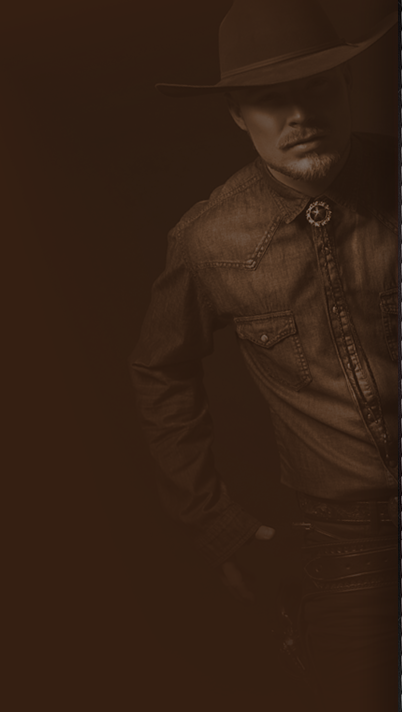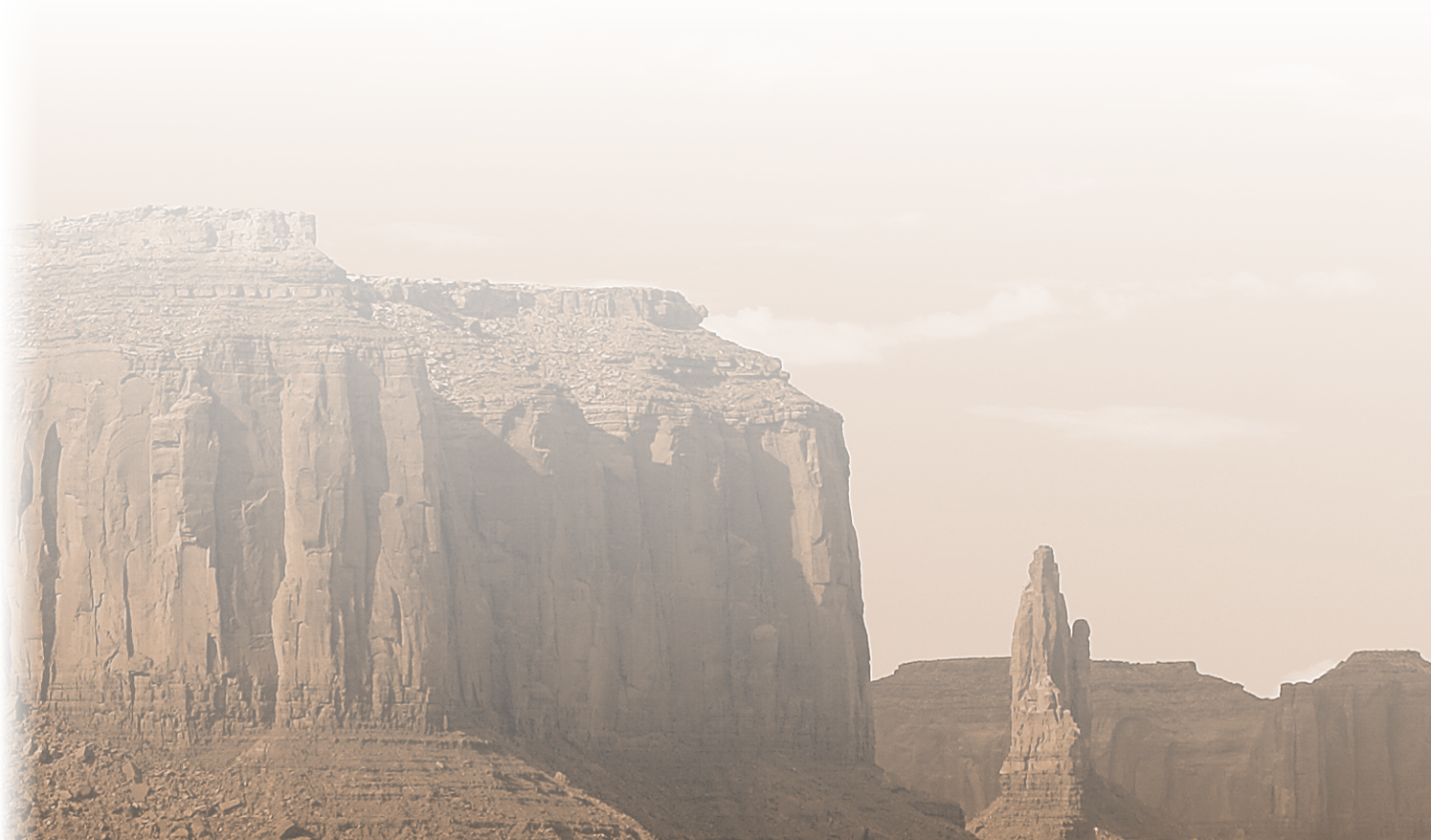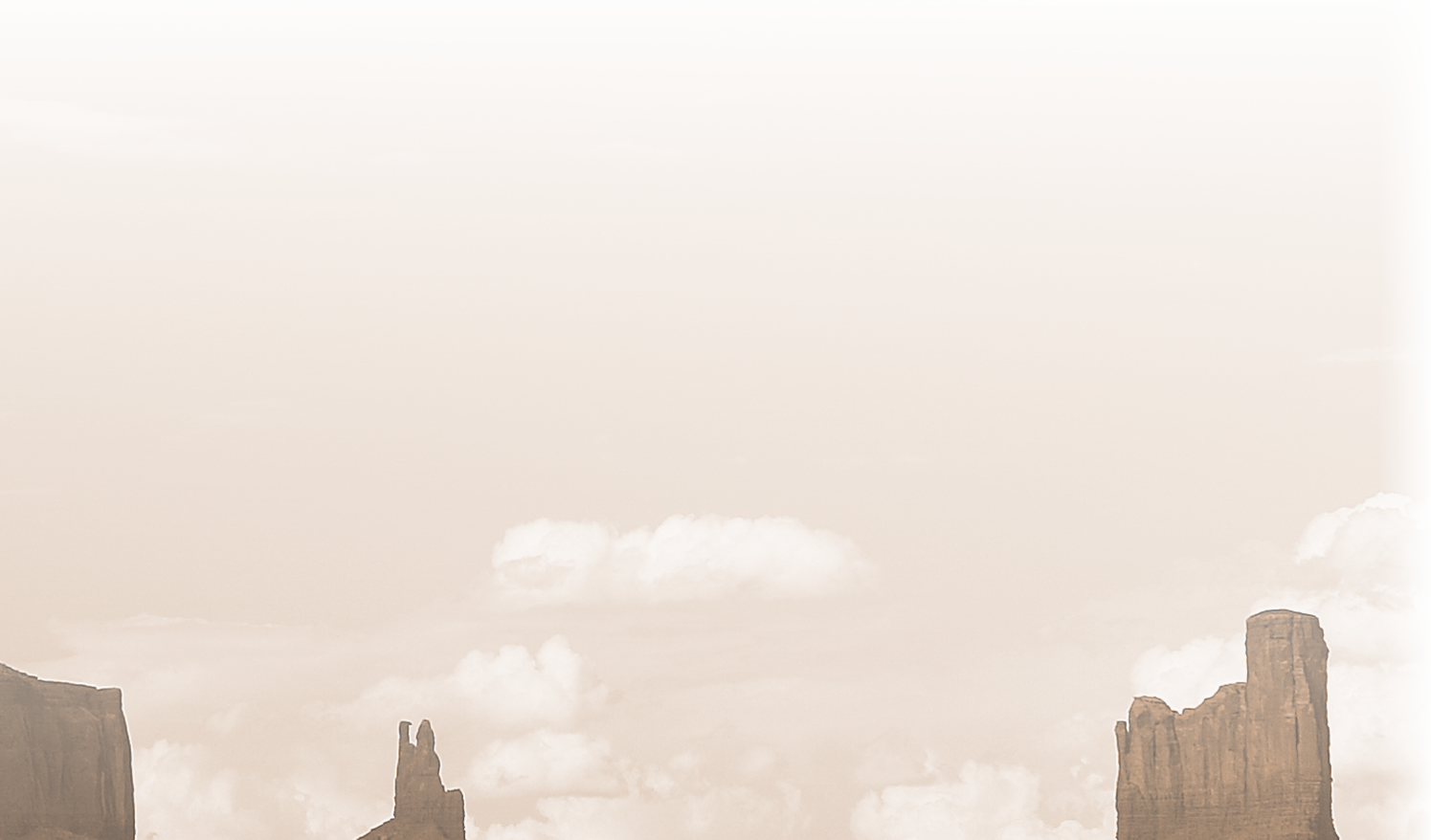Hunting v. Tactical Carry
on 17th Nov 2021
By Ben Baker
When you are carrying a sidearm, how you carry matters. The greatest difference in the carry is seen in hunting v. tactical carry.
When going tactical, speed is important. You must be able to get your gun as fast as you can. Depending on the state you live in and even local rules, you may be able to carry openly or you may need to carry concealed.
When you are hunting with a handgun as the primary weapon, speed is not important. If you move too fast, you are likely to spook your target and you will not get a shot. When you hunt, open carry is preferred because your quarry does not care and you need access with as little movement as possible.
With these broad points out of the way, let's get into the details.
Location
Tactical
When you carry for tactical reasons, you can carry your piece just about anywhere. It can be tucked inside the waistband, carried outside your pants, dropped in a pocket or riding on your hip. Tucker Gunleather offers a holster for whatever your need is.
Some people think a tactical holster has to be a polymer or Boltaron rig. Not so. Leather holsters work just as well as synthetics for tactical carry in almost all situations.
The key parts of tactical carry and location are that you can get to your piece quickly and the whole setup does not restrict your movement. Our new Deep Carry holsters offer maximum flexibility for carrying. These holsters feature the most adjustment range of any of our products.
Tactical carry is not exactly the same thing as concealed carry. They can be the same, but do not have to be.
An example of this is an ankle carry. This is concealed carry. From a tactical standpoint, it is not very good. You simply cannot get to your gun in a hurry. Ankle carry is great for backup. There is a reason soldiers carry their primary sidearm where they can get to it as fast as possible.
Hunting
When you carry a handgun for hunting purposes, it has to be somewhere convenient. The most common carry position is on the hip because the gun is handy and does not get in the way of movement. You can slowly move a hand down to the gun and slowly draw it without moving your shirt or trying to reach into your pants.
A big advantage to hip carry is when you pack a sidearm that has optics. Open carry hip holsters like the Texas Short Stroke give your handgun plenty of room for a red dot. We recommend adding a retention strap.
Tucker Gunleather produces a huge variety of holsters. If you do not see your gun on the gun holster list, send us an email and we will see if we can match the specs you need.
Holster Type
At Tucker Gunleather, we love leather. We like the look, the feel and the durability. We also understand that leather is not always the ideal material for you to carry a handgun. We also offer molded Boltaron holsters and hybrids that combine both into one rig. So which is best? That depends on you and the reason you carry.
Regardless of the holster type, if you hunt in thick brush, your holster will get scratched eventually. Some people say this adds character, especially to leather. Some people don't like the idea. Regardless, if you are hunting, then you must expect this.
Leather
Leather will form itself to you where you carry it. This makes leather the most comfortable option for many people. Leather is recommended for deep concealed carry, such as your pocket or ankle.
Leather is also quiet. It does not make a harsh, artificial sound when it hits something hard like the metal of a deer stand. Your gun also slides silently out of the holster when you draw. This is good for hunting and less so for tactical situations. That soft scrape of the gun clearing the holster may be enough to send a deer running, but it is unlikely a concern in a tactical situation.
A big worry some people have is the weather, especially rain or snow. Leather can be treated so water and sweat won't harm it. Snow Proof Weatherproofing Leather Conditioner is a highly recommended product and will not harm your gun. Other conditioning products are shoe polishes, leather waxes and even olive oil. Whichever you use, let the holster dry for a few days and wipe off the excess. After a hard hunting, trip, you should consider retreating the leather.
Leather is also classy and classic.
Practice
This is a point we make over and over because it is critical. You must practice. You can have the best handgun on the planet with the best accessories and the perfect ammo.
If you have to be inside the barn to hit the broad side of the barn, all the fancy gear does not matter. If you have an inexpensive .357 and shoot your own cast boolits from your handholds and put the entire cylinder into a 4-inch group at 50 yards with iron sights, you are a real shooter.
Burn some powder. Practice your draw. Learn how to use your chosen gun from a variety of positions. Deer, bear and other game are not always going to give you a perfect shooting angle. Two-legged varmints definitely will not let you line up the perfect shot.










